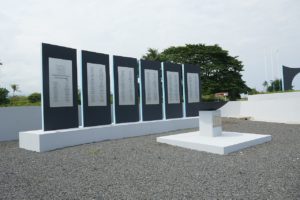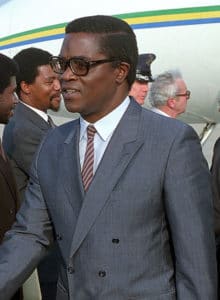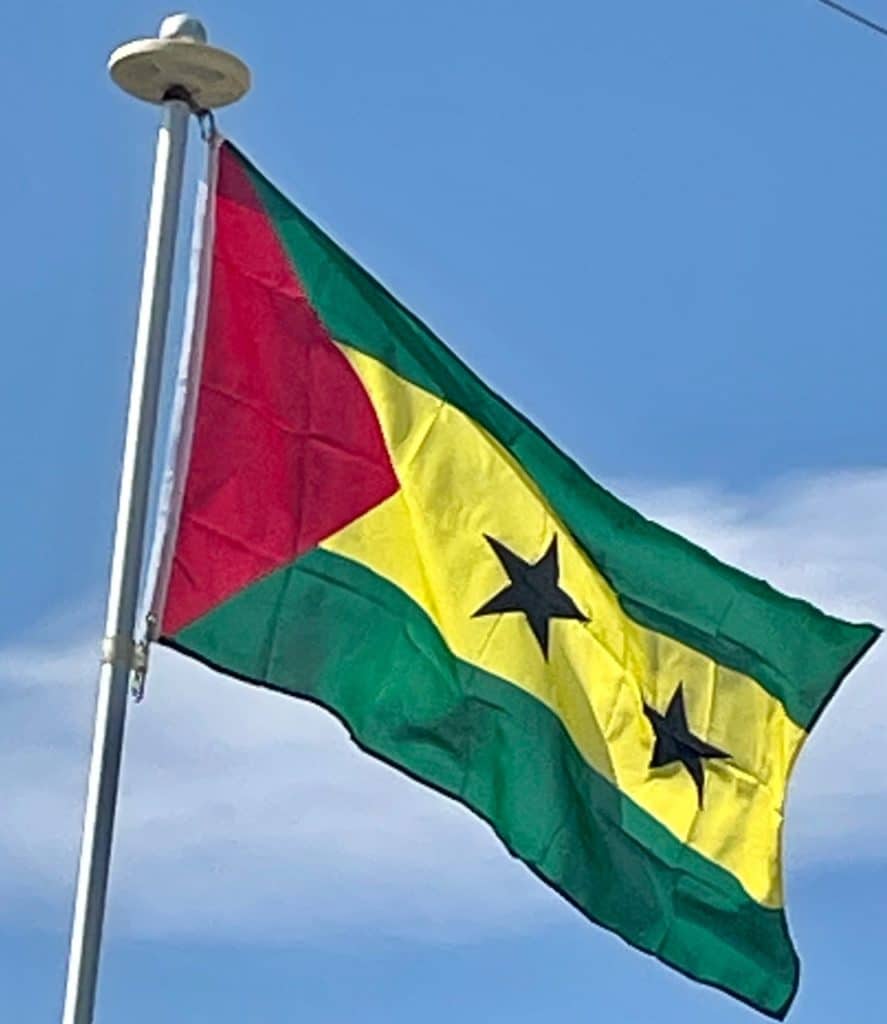The cultivation of sugar was a labor-intensive process and the Portuguese began to enslave large numbers of Africans from the mainland. These slaves originated mainly from the Gold Coast, Niger Delta and in Kongo. In the sugar boom’s early stages, property on the islands had little value, with farming for local consumption while the economy relied mainly on the transit of slaves, though already many foodstuffs were imported.
Eventually, competition from sugar-producing colonies in the Western Hemisphere began to hurt the islands. The large enslaved population also proved difficult to control, with Portugal unable to invest many resources in the effort. Sugar cultivation thus declined over the next 100 years, and by the mid-17th century, São Tomé had become primarily a transit point for ships engaged in the slave trade between continental Africa and the Americas.
In the early 19th century, two new cash crops, coffee and cocoa, were introduced. The rich volcanic soils proved well suited to the new crops, and soon extensive plantations (known as roças), owned by Portuguese companies or absentee landlords, occupied almost all of the good farmland. By 1908, São Tomé had become the world’s largest producer of cocoa, which remains the country’s most important crop.
The roças system, which gave the plantation managers a high degree of authority, led to abuses against the African farm workers. Although Portugal officially abolished slavery in 1876, the practice of forced paid labor continued.
In the early 20th century, an internationally publicized controversy arose over charges that Angolan contract workers were being subjected to forced labor and unsatisfactory working conditions. Sporadic labor unrest and dissatisfaction continued well into the 20th century, culminating in an outbreak of riots in 1953 in which several hundred African laborers were killed in a clash with their Portuguese rulers. The anniversary of this “Batepá Massacre” remains officially observed by the government.

Independence (1975):
By the late 1950s, when other emerging nations across the African continent demanded their independence, a small group of São Toméans had formed the Movement for the Liberation of São Tomé and Príncipe (MLSTP), which eventually established its base in nearby Gabon. Picking up momentum in the 1960s, events moved quickly after the overthrow of the Caetano dictatorship in Portugal in April 1974.
The new Portuguese regime was committed to the dissolution of its overseas colonies. In November 1974, their representatives met with the MLSTP in Algiers and worked out an agreement for the transfer of sovereignty. After a period of transitional government, São Tomé and Príncipe achieved independence on 12 July 1975, choosing as the first president the MLSTP Secretary General Manuel Pinto da Costa.

In 1990, São Tomé became one of the first African countries to undergo democratic reform, and changes to the constitution – the legalization of opposition political parties – led to elections in 1991 that were nonviolent, free, and transparent. Free and fair elections have continued well into the 21st century.
Geography:
The islands of São Tomé and Príncipe, situated in the equatorial Atlantic and Gulf of Guinea about 300 and 250 km (190 and 160 mi), respectively, off the northwest coast of Gabon, constitute Africa’s second-smallest country. Both are part of the Cameroon volcanic mountain line, which also includes the islands of Annobón to the southwest, Bioko to the northeast (both part of Equatorial Guinea), and Mount Cameroon on the coast of Gulf of Guinea.
